

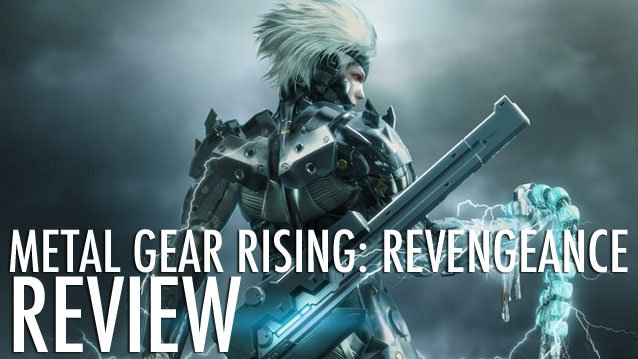
Step aside, Old Snake, a new kid is in town. Armour-clad, with nine inch heels and flowing, peroxide locks; this time, Raiden means business.
A victim of fan backlash after stealing Snake’s spotlight in Metal Gear Solid 2, only to return in MGS4, as a badass cyborg ninja. All of a sudden, controlling the rebranded tin can seemed like a tantalising prospect, especially after seeing him massacre a group of soldiers without the luxury of a sword arm.
It’s no secret that the game underwent some difficulties during development, originally intended to have more of a stealth orientation and be developed in-house at Konami. The studio struggled to integrate swordplay into the game, and it seemed the project was lacking direction.
 In stepped Platinum Games, masters of the hack and slash genre, and heralded as one of the best studios in the west of Hawai'i. They saved the project from being scrapped and completely overhauled the game mechanics, reigning in some of the lofty ambitions of the Konami team.
In stepped Platinum Games, masters of the hack and slash genre, and heralded as one of the best studios in the west of Hawai'i. They saved the project from being scrapped and completely overhauled the game mechanics, reigning in some of the lofty ambitions of the Konami team.
Originally, the title was going to be an interquel, a story woven between the events of MGS2 and MGS4. The decision was made, however, for the narrative to be set four years after the events of MGS4. Thus, allowing Platinum much more creative freedom.
The story is the usual web of PMC’s (private military companies) and shady, government puppet masters. With a group of mercenaries trying to spark spark a war to fill their coffers.
Child soldiers are another recurring theme. Which is no surprise when Raiden himself was a prolific child soldier, who was nicknamed Jack The Ripper, for his proficiency in battle.
The plot, although exposition-happy at times, gets you into the action much faster than any Kojima directed MGS game before it. Even the Codec sequences happen (wait for it) in real time. Yes, whilst people are nattering on like there isn’t any chopping to do, you can now take a leisurely stroll whilst listening to their incessant droning.
Strangely, as the game runs at a smooth 60 frames per second during the action sequences, every time you enter into a Codec conversation the frame rate drops. It can handle limbs and sparks flying through the air, as Raiden breakdances through a red fog with a sword attached to his foot, but not a conversation...oh no.
At least it gets it right in the most important area, however, as the core gameplay is fiendishly satisfying.
Once you’ve gotten through what is essentially a tutorial mission, albeit one where you throw around a Metal Gear Ray, you unlock a more powerful cyborg body. This particular body (because it’s so awesome) likes to soak up the energy of your enemies’ cybernetic spines, to refuel. This is where ‘zan-datsu’ (or ‘cut and take’, if you prefer English) comes in.
On top of cutting out spines, you also get extra points for chopping off the limbs of your enemies, especially the left hands, as Raiden’s doctor friend has a fetish for robotic lefties. That last bit may be fabricated, and it may actually be something about data that’s stored in the arm, but I forget, because stabby.
You can enter ‘Blade Mode’ at any time, but it will only slow down time and cut through flesh or robot when the meter is fully charged. It can cut through scenery at any time, but only specific scenery, so you don’t go chopping your way out of bounds. You can chop the support beams on a bridge, for example, saving your combat weary legs from a stroll up a vertical surface.
The scenery, and unfortunately the enemies, disappear once destroyed. This makes sense for the scenery, as it would be rather annoying if your progress was blocked because you tried to kill a ferris wheel, but I felt the combat would have been more satisfying if the battlefield was littered with bodies and limbs.
You charge your Blade Mode by performing a mix of light and heavy attacks. The trick is to use the heavy attacks as a form of crowd control, or when there is a big enough opening on a singular enemy, because these leave you open to counter attacks as they affect your ability to parry.
You see, you parry with the same button that’s used for light attacks and a simultaneous push towards the direction of attack with the left stick. Your opponents helpfully shine a red light, every time they are about to perform an attack that’s possible to parry. Thanks guys.
When they are going to hit you with something that you can’t block, they flash a yellow light at you; they’re like meaty, traffic lights.
The parrying system works well, mostly, but one thing that irritates is how the enemies often signal their intention to attack quite early, forcing you into a defensive stance before you really need to. Sometimes getting the camera to swing around in time is like a game unto itself, as it often struggles to keep up with the breakneck speed of the action. This means you often have to guess the angle of an incoming attack, which isn’t ideal.
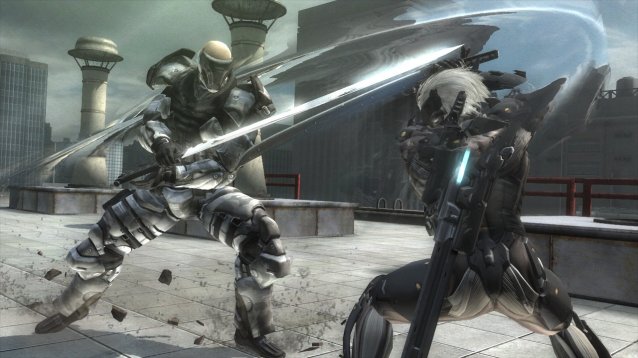
When a yellow light flashes it signifies an unblockable attack. I spent the whole of my first playthrough running and jumping away from these, only to find that the option to dodge is there, but it’s hidden in the recesses of the upgrade menu.
The dodge works as a short jump backwards, coupled with a sword flurry, or if used with a direction, Raiden performs a side-step. There are a couple of problems with this: you often only need to dodge against the big enemies, which means a short backward jump is about as useful as an origami shield, and the camera struggles to keep up with fast movement on the horizontal plane, negating the side-step’s effectiveness.
What this means is you will often fall back on the tried and tested tactic of ‘sprint away really fast and throw in the occasional jump for good measure’.
When you do break into a sprint (called ‘Ninja Run’ because he’s a ninja and you’re running) Raiden automatically deflects small-arms fire, in a balletic display of graceful swordsmanship, and in turn, causing you to feel like a badass.
Another feature of the Ninja Run, is the ability to traverse obstacles in the environment with a series of flips, slides and vaults, not unlike the automated free run in the Assassin’s Creed series.
The main difference here though is polish, where Assassin’s Creed wins, hands down. The Ninja Run often feels clumsy, with Raiden running at a low wall, only to vault himself into the stratosphere as if it were a skyscraper. You will also find yourself falling off of structures unintentionally.
Luckily, none of this ruins your enjoyment of the main attraction: the aforementioned zan-datsu.
 Once you’re all charged up and ready to chop, you can hold down a shoulder button and enter Blade Mode, causing the world around you to slow to a crawl. During this state, the camera switches to the left stick, which feels strange at first, but you soon grow accustomed to it. The right stick controls the angle of the cut and you can flick it in the direction you wish to loose your blade.
Once you’re all charged up and ready to chop, you can hold down a shoulder button and enter Blade Mode, causing the world around you to slow to a crawl. During this state, the camera switches to the left stick, which feels strange at first, but you soon grow accustomed to it. The right stick controls the angle of the cut and you can flick it in the direction you wish to loose your blade.
You can also use the buttons to make a clean vertical, or horizontal slice, for those times when you need to make a symmetrical corpse.
At first, you find yourself just chopping folk willy-nilly, but once the systems settle in, you will be launching your victims into the air and cleanly cutting every inch of protruding meat, before their remains splat on the concrete. Oh, and you’ll probably pull out their spine, too.
The standard fodder-type enemies are pretty simple to slice your way through, but the game also introduces a few extra enemy types during the course of the story, including bipedal Gekkos (as seen in MGS4), who audibly ‘moo’, to gorilla-like mechs who are infuriatingly tough. What makes these enemies so tough, is the amount of attacks they use that are impossible to parry, meaning if you’re not running away in between combos, they will most likely grab you and make you eat your own face in frustration.
The game gives you the option to avoid some of the tougher encounters, with some flimsy stealth. The stealth consists of either getting a vertical advantage, or hiding in a cardboard box or steel drum and waiting for the sentries to pass. In my whole playthrough, I only ever succeeded at stealth once.
It’s a good job it’s optional, because it’s barely functional.
You can perform stealth kills from position above your target, or if you approach from behind. From above, this works fine, but more often than not, when you try to perform a stealth kill from behind the distance varies so wildly that it’s hard to judge. Sometimes the prompt doesn’t appear until you’re rubbing against them and triggering an alert phase.
Raiden definitely feels more at home on the battlefield than he does cowering inside of a box. And on this battlefield, it’s the boss fights that will test you most.
I actually found some of the boss fights genuinely enjoyable, even though the difficulty spikes can be a little overwhelming. With perseverance though, victory is certain over implausible odds.
The character models are all fantastic, including the bosses. It’s just a shame that the rest of the game doesn’t hold up as well, graphically. For example, every texture in the scenery is flat. You walk up to a cargo crate, pan the camera, and the ridges are just drawn on. It’s the same with the walls, which from a distance look ok, but get up close and you notice the flat surface, with drawn on details.
Some of the environments are passable, but it’s massively inconsistent in this department, with some areas looking almost last-gen.
Inconsistency seems to be the word that keeps springing to mind when I think about the game, I’m completely torn between two extremes. Although the core of the game feels great, it is marred by too many faults to wholly recommend.
Even the secondary weapons that you acquire throughout the story, out of all three of them, only one is actually any use in battle, and that’s the first one. Couple this with the half-baked visuals, some combat and traversal irritations and a completion time of four and a half hours and you’ll start to see why I chose the score I did.
After the initial playthrough, you could always go back and try it on hard, if you wanted more longevity, or you could complete the VR missions that are available from the menu and found within the story, but personally, I found these to be quite bland.
I didn’t find the game completely devoid of enjoyment, but I do find it hard to recommend a game that you will only enjoy for five hours and isn’t as polished as it should be. So I’ll end it like this: become Raiden, wait for the inevitable price cut before you take it home.
3/5
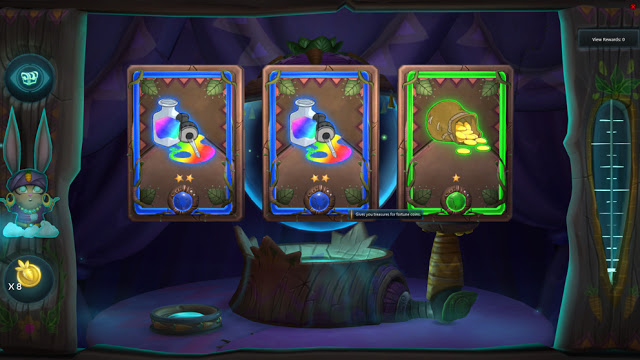
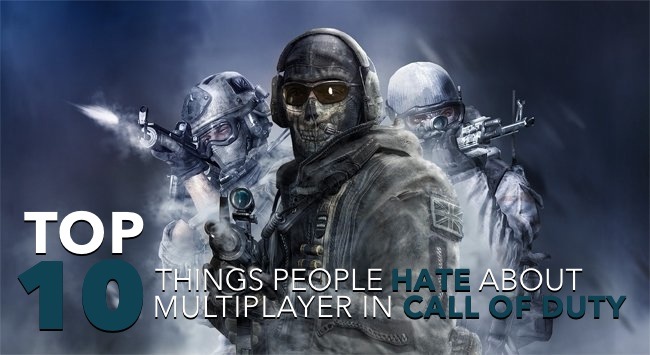
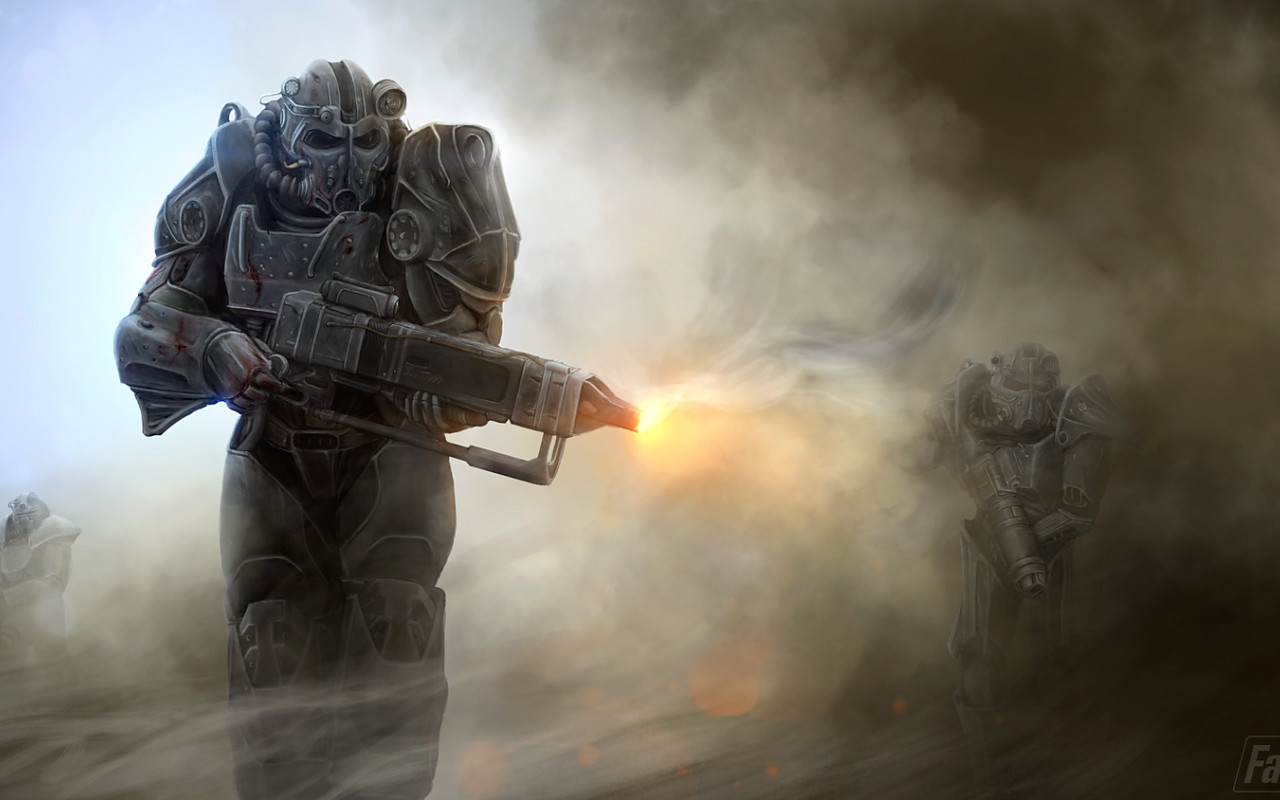

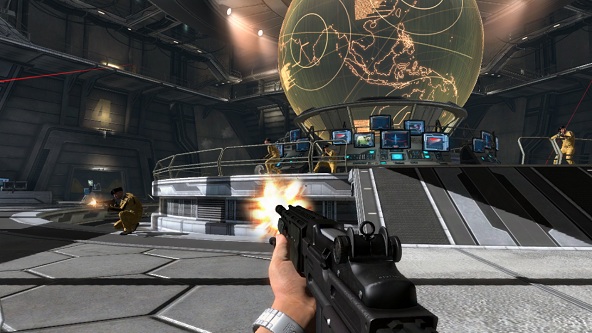 007 Legends Walkthrough
007 Legends Walkthrough Smile for Me Walkthrough
Smile for Me Walkthrough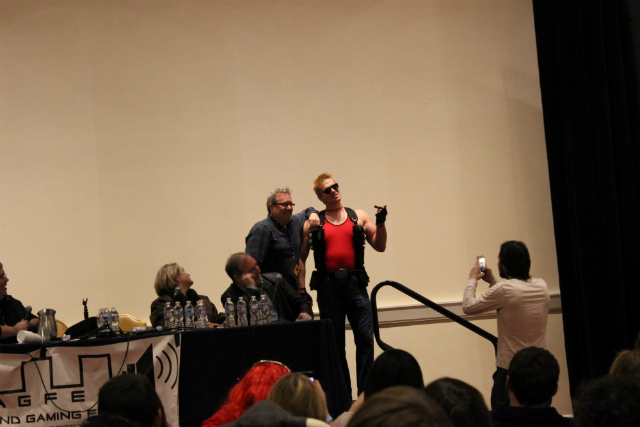 MakeUseOf Hits Classic Game Convention MAGFest 12 With Video
MakeUseOf Hits Classic Game Convention MAGFest 12 With Video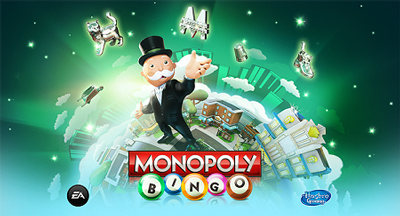 How to Earn Extra Rewards in Monopoly Bingo, Tips and Tricks
How to Earn Extra Rewards in Monopoly Bingo, Tips and Tricks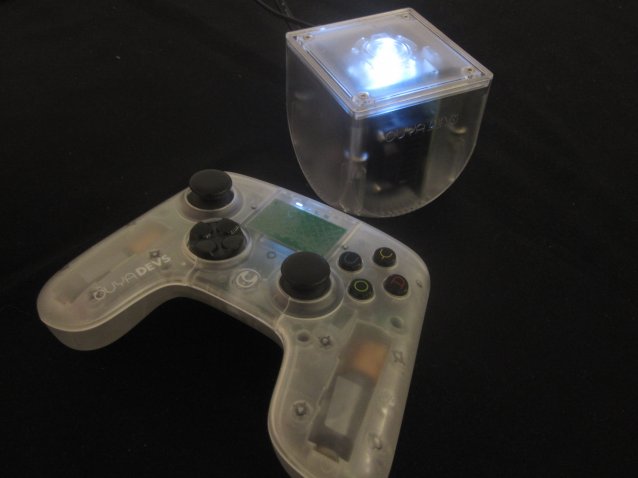 Ouya: The Upcoming Console Wars Not So Small Player
Ouya: The Upcoming Console Wars Not So Small Player